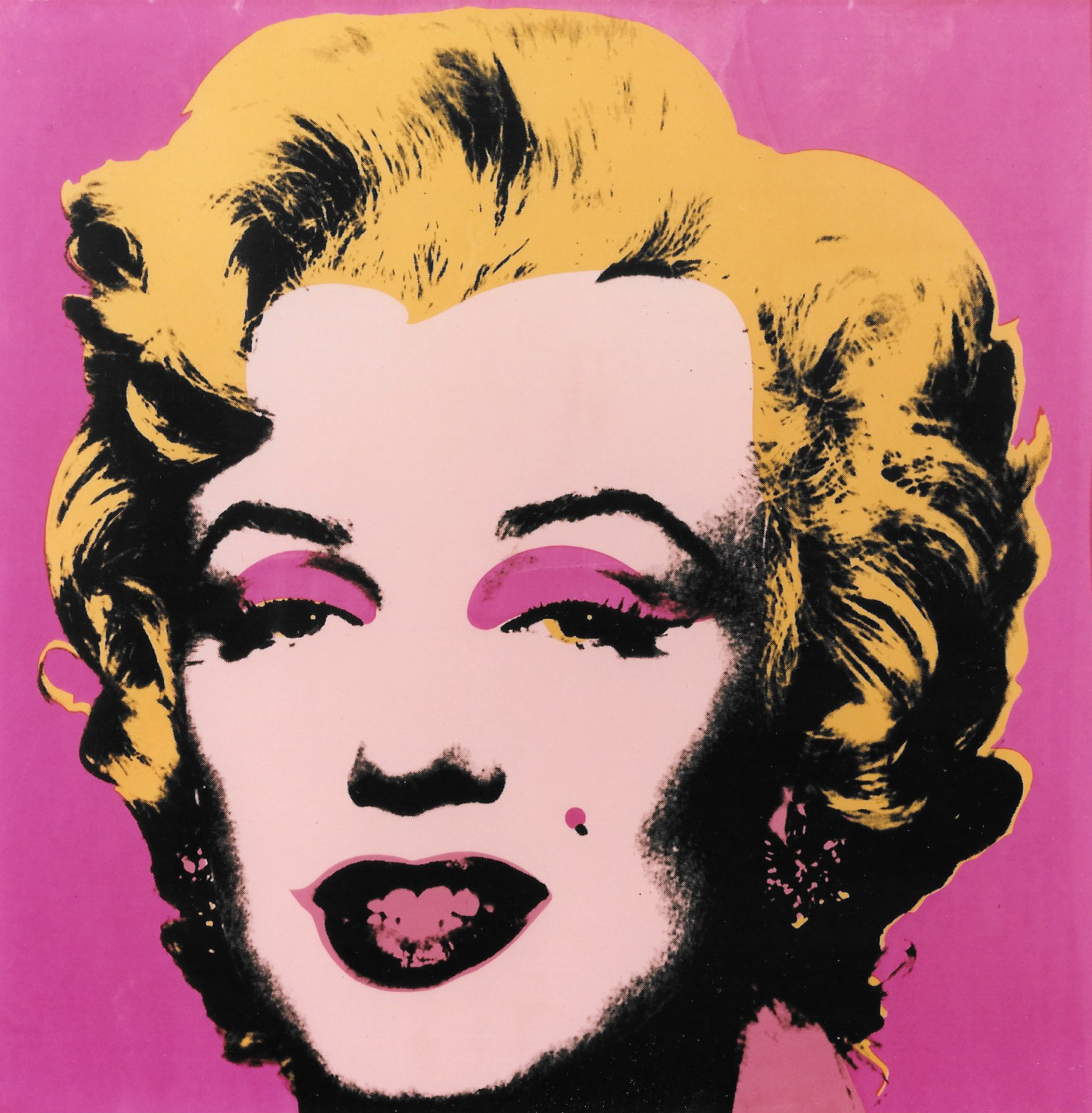Art scene
Back to the '60s at Heckscher Museum of Art
Local museums are getting their groove on. From Hofstra University Museum’s Andy Warhol retrospective (on view through March 11) to the Heckscher Museum’s overview of the artistic and cultural landscape of the ‘60s and ‘70s, the colorful pop art era is all around.
Dive into that fascinating period at the Heckscher’s latest exhibit, “From Frankenthaler to Warhol: Art of the ‘60s and ‘70s", which opens Saturday, and runs through March 11.
Of course, you’ll find Andy Warhol’s soup can and Roy Lichtenstein’s comic-inspired images, still as vibrant as ever. But there’s so much more: the exhibit includes many other treasures as it looks back on those turbulent times of social and political change, which led to a new approach to the visual arts.
“It was a time when social protest issues came to the forefront — civil rights, women’s rights issues and gay rights,” says Lisa Chalif, the museum’s curator, who organized this exhibit. “All these things are once again making headlines. And now that we’ve hit the half century mark [since the Summer of Love ushered in the dynamic era of societal upheaval] it’s time to look back and reflect.”
The icons are all here – Helen Frankenthaler, Jasper Johns, James Rosenquist, Romare Bearden, May Stevens, Warhol, and Lichtenstein, among others. They are represented among the more than 40 works that delve into two trends that evolved then: abstract works that explore line, shape and color; and representational art on subjects from popular culture and everyday urban and suburban environments. Color Field, Minimalist, Pop, and Photorealist works speak to the myriad of styles that characterized the art world during those dynamic decades.
Throughout that period, she notes in her curator’s statement, the visual arts became widely popular. “Blockbuster museum shows shattered attendance records, and artists became celebrated culture heroes. Many pushed the boundaries between high and low art, adapting commercial processes and branding concepts used in advertising.”
“Distinctions between traditional mediums like painting and sculpture were blurred, and new art forms — assemblage, happenings, performance art, video art, installations, and land art — broke artistic barriers altogether, questioning the very nature of art. In response to the intensely personal art of mid-century Abstract Expressionism, many artists of the ‘60s and ‘70s avoided emotional expression. While some African-American and women artists focused on civil rights and feminist issues, artists mostly retreated from the tumult around them.”
“Instead, they created diverse styles that comprised two distinct trends: a neutral investigation of formal elements and a return to representation of the visible world. In their exploration of process and the qualities of line, shape, and color, artists created new abstract vocabularies often characterized by hard-edge structures, a reductive approach, and use of repetition. Others rejected abstraction altogether, turning to subjects from popular culture and the daily life of urban and suburban environments depicted in an objective, deadpan manner.”
Chalif personally selected every work in the exhibit, highlighting the boldface names of the period and the iconic images associated with them, along the lesser known artists, including Cleve Grey, Lillian Dodson and Dorothy Dehner.
“Visitors will see things that they recognize and those that they don’t,” she says. “They are all artistically striking, intense works of art. You will find old friends and new here.”
That groovy feeling is enhanced by the classic ‘60s and ‘70s music that serves as a vibrant backdrop while viewing the exhibit. And everyone is sure to say “far out” to another blast from the past when they see the Lite Brite stations. Harkening back to 1967, families can make their own art with the light-up brightly colored pegs at the four stations.
‘From Frankenthaler to Warhol’
When: Nov. 18 through March 11.
Where: Heckscher Museum of Art, 2 Prime Ave., Huntington. (631) 351-3250 or www.heckscher.org.

 56.0°,
Overcast
56.0°,
Overcast 




